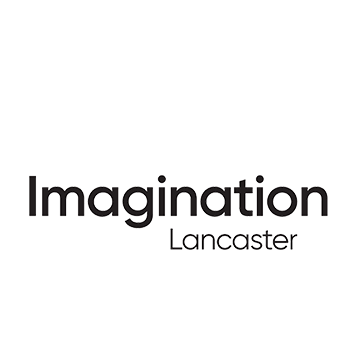Design fiction is an emerging ‘speculative design’ practice, whose name was coined by sci-fi author-come-design commentator Bruce Sterling in 2005 before being made popular by industrial designer Julian Bleecker in 2009. Since then it has become increasingly relevant to industry, academia, whilst also taking on a wider cultural significance as part of a broader ‘speculative turn’. Harnessing the power of fiction, these ‘designerly speculations’ do not simply showcase future technical possibilities, but by depicting technologies inside story worlds also unpack social and ethical dimensions they explore the implications of living with these technologies. Across a range of academic/industrial contexts, from computationallypowered heating systems, through domestic care robots, to gamified dronebased civic enforcement, this research explores design fiction’s qualities: what can design fiction achieve, how do you do it, and in what contexts is it most useful?
In order to tell the impact story of this research we propose to create two film outputs that encapsulate and communicate the impact, relevance, and importance of these design fiction projects and the doctoral thesis of which they are a part. By telling the individual impact stories of these projects, a larger story will come into focus: the relevance of design fiction to the digital economy. The two outputs will be (1) a standalone documentary film and (2) the same content presented in a series of video blog posts . Making this work unique, distinguishing it from ‘just another impact film’ – and resonating with design fiction’s futureorientated nature – the film will be told from a future perspective: the interviews that comprise the film will be retrospective, reflecting back on this research and its impact, from a position roughly 10 years from now.
